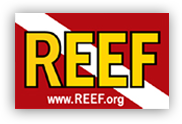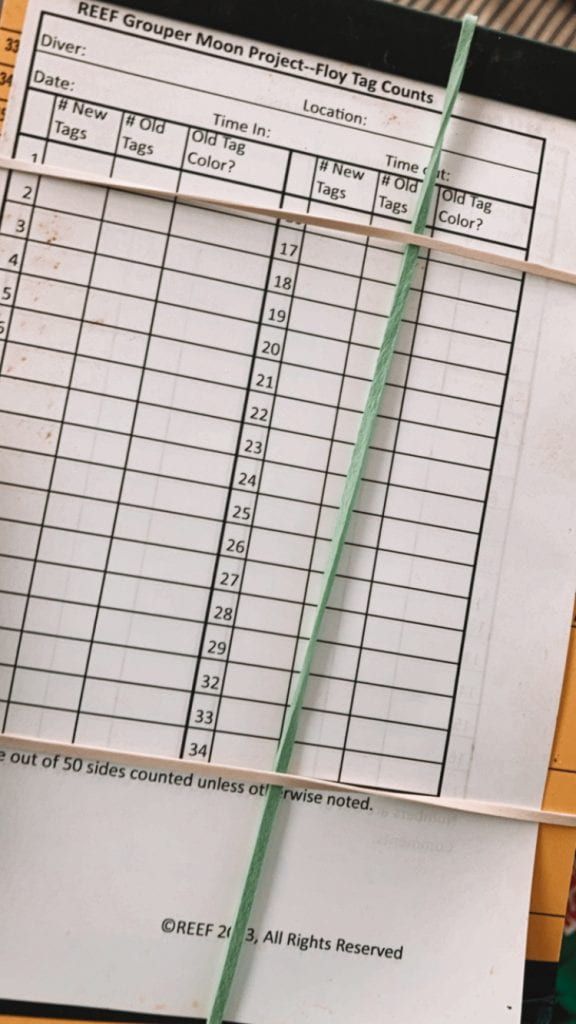This morning on the Grouper Moon Project Livestream, Dr. Christy Pattengill-Semmens mentioned how you can get involved with Reef Environmental Education Foundation’s volunteer fish surveys. Here is some more information so that you can get involved in this exciting citizen science project. What is the REEF Volunteer Fish Survey Project?
What is the REEF Volunteer Fish Survey Project?
Reef Environmental Education Foundation (REEF) protects marine life through education, service, and research. REEF facilitates programs that actively engage divers, snorkelers, and other marine enthusiasts in marine conservation. This is primarily accomplished through the Volunteer Fish Survey Project. Since its launch in 1993, this citizen science program has generated one of the largest marine life databases in the world. In 2020, the database surpassed 250,000 surveys conducted at almost 15,000 sites throughout the world’s oceans by over 16,000 volunteer divers and snorkelers worldwide.
With knowledge, training, and the opportunity to get involved, these marine citizen scientists make significant and ongoing contributions. REEF provides varied training opportunities to encourage wide participation, and has a comprehensive experience-rating system and QA/QC checks for data submission to ensure high quality data. The survey methodology was developed with support from The Nature Conservancy (TNC) and guidance by the Southeast Fisheries Science Center of the National Marine Fisheries Service (NMFS).
The project allows volunteer SCUBA divers and snorkelers to collect and report information on marine fish populations as well as selected invertebrate and algae species in temperate areas. To find out more about the REEF Invertebrate & Algae Monitoring Program, click here. The data are collected using a fun and easy standardized method, and are housed in a publicly-accessible database on REEF’s Website. These data are used by a variety of resource agencies and researchers.
How do I participate?
Anyone, anywhere can participate in the Volunteer Fish Survey Project. REEF volunteers use the Roving Diver Technique (RDT), a visual survey method specifically designed for volunteer data (see below). The only materials needed are an underwater slate and pencil, a good reference book, and access to the internet to submit the data online. REEF has developed several survey materials that make things easy, including pre-formated underwater paper and waterproof ID guides. These supplies, as well as slates, pencils, and training courses are available through REEF’s Online Store.
Check out the VFSP Survey Toolbox for a complete list of resources available to REEF surveyors in each of our ten regions.
Can I collect data while snorkeling or freediving?
Snorkelers and freedivers are valuable assets and can also conduct surveys. You do not have to be a scuba diver to conduct REEF surveys and collect important data.
If snorkeling is your thing, you can view much more information on doing surveys while snorkeling here.
If you’re into freediving, we’ve got some vital info and handy surveying tips for you here.Submitting your data
Following the dive, each surveyor transfers the information about their survey dive, including survey time, depth, temperature, and other environmental information, along with the species sightings data, to the REEF database. A separate survey submission is done for each dive.
Information is submitted one of two ways:
- through REEF’s online data entry interface
- through REEF’s offline data entry program (for Mac and PC; internet connection only necessary when ready to submit)
The location of the survey is recorded using the common dive site name and the REEF Geographic Zone Code. The Zone Codes are a hierarchical list of codes.
For instructions and more info, visit the Online Data Entry Tips and Info page.




